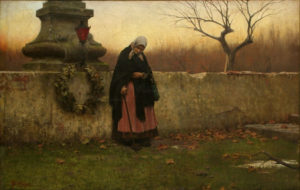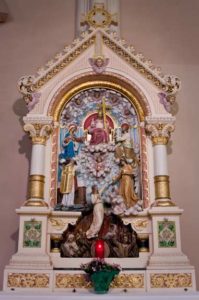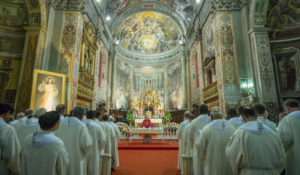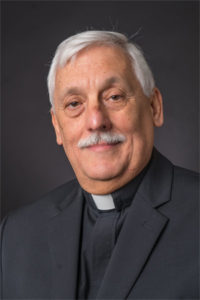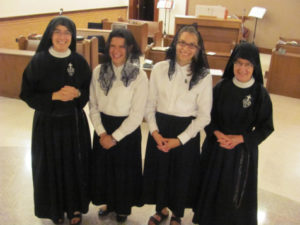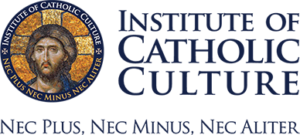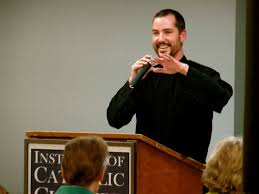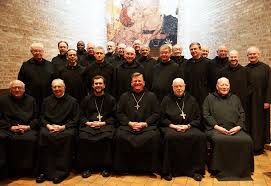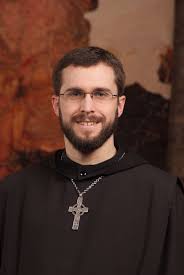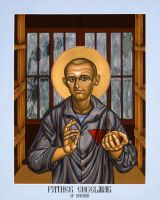
Bl. Engelmar Unzeitig, a Mariannhill Missionary priest, was beatified in Germany on September 24, 2016. Known as the “Angel of Dachau,” Father Engelmar died of typhoid fever, contracted while caring for the sick in the infamous Nazi concentration camp.
In the beatification homily, the bishop of Wurzburg, Germany, said that Father Engelmar loyally embodied the Mariannhill motto: If no one will go, I will.” He volunteered to care for those with typhoid fever in the concentration camp, thereby sentencing himself to death. He learned Russian so he could teach the young Russian prisoners, sharing his food with them even though he himself had meager rations.
Three exemplary qualities of Father Engelmar emerge that are pertinent for us today, said the bishop:
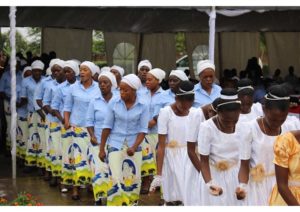
- However desperate our own situation may be, we still can give witness to the reality of Heaven.
- As Father Engelmar kept his promise of readiness, made at ordination, how serious are we about the Gospel message even when we have to suffer because of it?
- Father joined the Mariannhill Missionaries to be a missionary in a far-off land. When circumstances changed, he realized that even “in this Godforsaken camp, where evil rules and we could easily believe that in our suffering that we are deserted by God and the world,” he could still live his missionary vocation.
With the re-evangelization of Western Civilization as the challenge before us, let us keep Fr. Engelmar as our inspiration and intercessor so that we too may “live our faith authentically, humbly and thereby effectively.”



 Pope Pius XII first instituted this worldwide ecclesial event in 1953 to publicly recognize women and men who so generously give of themselves to this unique calling and who each day, from the various convents and monasteries spread throughout the world, offer prayer unceasingly. Pope St. John Paul II later expanded its celebration and encouraged Catholics to support this sublime vocation in any way possible.
Pope Pius XII first instituted this worldwide ecclesial event in 1953 to publicly recognize women and men who so generously give of themselves to this unique calling and who each day, from the various convents and monasteries spread throughout the world, offer prayer unceasingly. Pope St. John Paul II later expanded its celebration and encouraged Catholics to support this sublime vocation in any way possible. importance of cloistered contemplative life in the Church’s mission. In the recent Apostolic Constitution, Vultum Dei Quaerere, the Holy Father wrote that those who devote the whole of their lives to the contemplation of God “are a living sign and witness of the fidelity with which God, amid the events of history, continues to sustain His people.”
importance of cloistered contemplative life in the Church’s mission. In the recent Apostolic Constitution, Vultum Dei Quaerere, the Holy Father wrote that those who devote the whole of their lives to the contemplation of God “are a living sign and witness of the fidelity with which God, amid the events of history, continues to sustain His people.” World Day of Cloistered Life has a special significance as the Extraordinary Jubilee Year of Mercy comes to a close. “The prayers and sacrifices of cloistered religious is the foundation of all the Church’s work of mercy,” said Father Nelson, “because their prophetic witness and prayerful presence secures the grace needed for God’s merciful love to reach even the most hardened and distant of hearts.”
World Day of Cloistered Life has a special significance as the Extraordinary Jubilee Year of Mercy comes to a close. “The prayers and sacrifices of cloistered religious is the foundation of all the Church’s work of mercy,” said Father Nelson, “because their prophetic witness and prayerful presence secures the grace needed for God’s merciful love to reach even the most hardened and distant of hearts.”